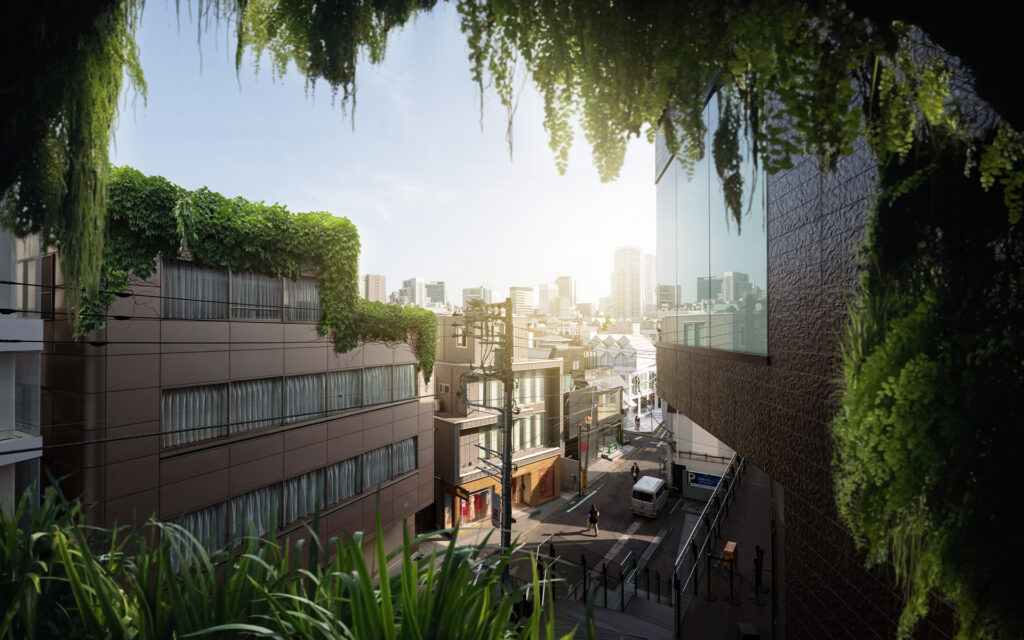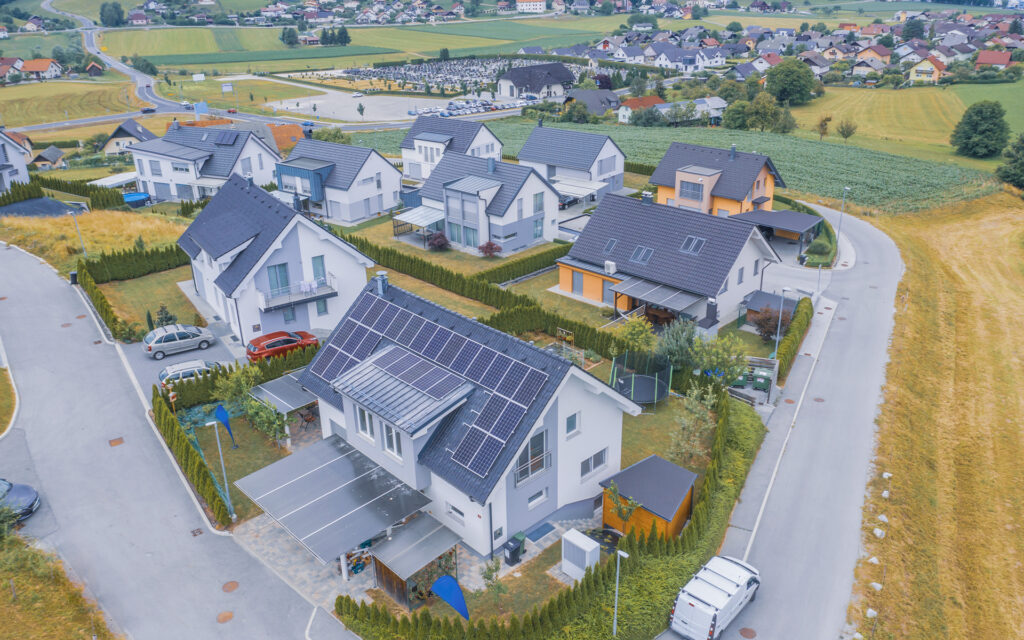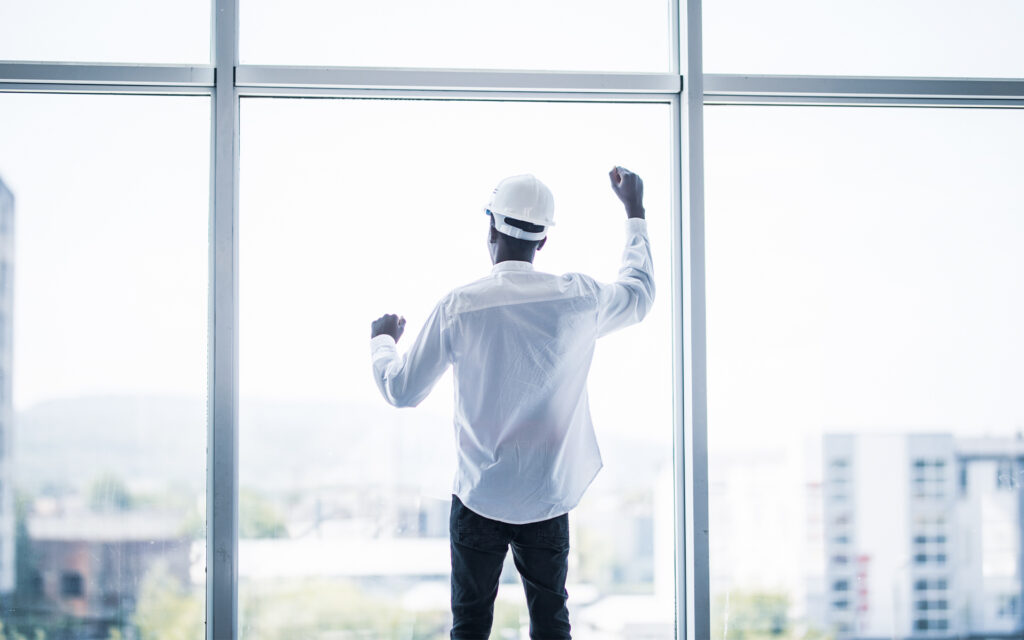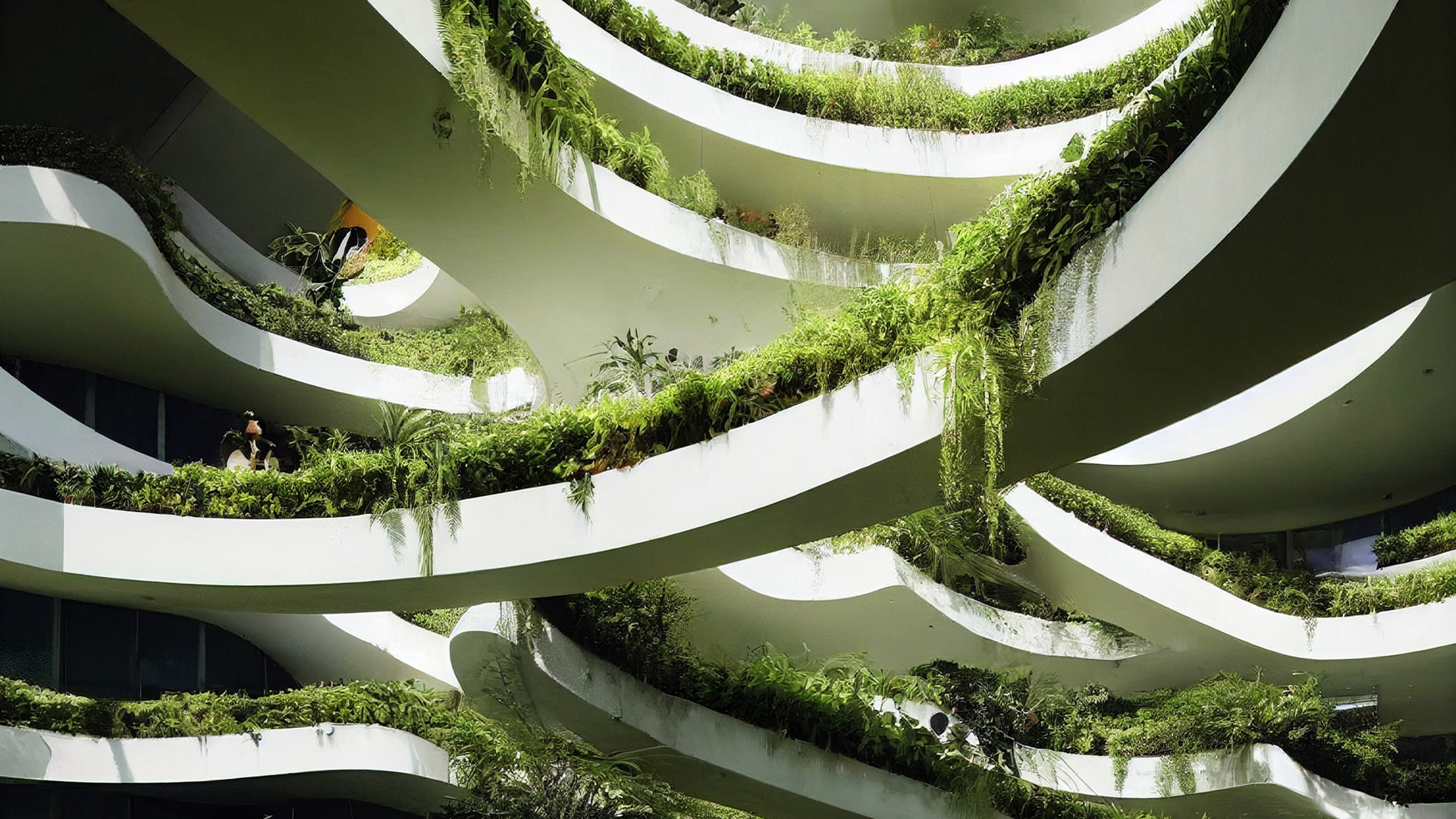We are in a time of great excitement for the world of passive architecture. Every day there are new products, new research, and new proposals. There is a lot of talk about high performance in construction, eco-sustainable architecture, and passive design. But what do we really mean by these terms?
Passive architecture identifies those buildings capable of ensuring thermal and living comfort by reducing the need to use heating or cooling systems. But they achieve this primarily through the materials, design, and technological devices they adopt. In this way, they minimize energy consumption.

The passive house
The news is telling us of new regulatory guidance for buildings that will be increasingly prescriptive in terms of energy performance, which should help to make better and healthier buildings. This applies to both a new construction project and the refurbishment of an existing building, from a single-family home to a commercial building.
As this knowledge expands, more and more people are realizing that they can build healthier and more energy-efficient buildings by turning to passive architecture with less embedded carbon than in the past. In addition, competition and innovation within the building industry means that passive house products cost less.

Certification
We have already dealt with these issues in other articles; here we would like to focus on one particular aspect. One of the most significant signs of the health of the emerging passive building industry is the accelerated growth of green home construction worldwide. Since 2014, the number of projects certified annually by Phius, one of two North American organizations through which Passive House certification can be achieved, has more than tripled. Meanwhile, the square footage of Phius-certified projects has doubled from 2021 to 2022, from 56,000 to 112,000 square meters. This is in addition to the 3.5 million square meters of the already certified area by the Passive House Institute until January 2023.
Passive building products
If we focus on the variety and availability of passive building products, they would have been unthinkable less than a decade ago. In recent years, this adversity has diminished. At the same time, supply networks have expanded. And knowledge of the benefits of passive houses and high-performance construction has become more widespread. As a result, doors are opening. And we are seeing many new high-performance products entering the market.
As Michael Ingui, partner at Baxt Ingui Architects and founder of Passive House Accelerator, says, “Given the exponential growth in the high-performance market that we have seen in the last decade alone, I believe the next decade will be defined by product innovation, procurement improvements, and new materials that will ultimately make buildings healthier and more sustainable.”

“Given the exponential growth in the high-performance market that we have seen in the last decade alone, I believe the next decade will be defined by product innovation, procurement improvements, and new materials that will ultimately make buildings healthier and more sustainable.”
Performance
Creating more airtight systems is certainly an integral part of improving the performance of passive buildings. And it is necessary to achieve Passive House certification. This feature plays, in buildings, a more important role than one might think. Air tightness is a crucial part of the building construction system because it keeps the air inside the passive house separate from the air outside. This translates into lower heating and cooling costs associated with passive house design. High-performance windows are an integral part of this type of solution.

Healthy habitat
Air tightness is also critical for the health of the inhabitants. All air entering the building is directed through mechanical ventilation systems. These technologies are another feature of passive house construction. When equipped with a filtration system, ventilation systems can provide a constant flow of fresh air, free of pollutants and allergens. For people with allergies, this can be life-changing in areas of high pollination. And for those who live in areas where fires are common, a more robust system equipped with charcoal filters can even keep their homes virtually smoke-free.

Consuming less power
The imperative of passive houses is to use little heating and cooling and, consequently, consume less energy. Finally, as the components needed to make buildings more efficient become more common, a new generation of manufacturers is also beginning to address the CO2 problem by making choices about materials in which the embedded carbon is reduced to the benefit of human health. This means using natural or recycled materials, manufacturing without the use of fossil fuels. In other words, it means manufacturing products that do not release volatile organic compounds (VOCs) and other harmful chemicals during the early phase of their life cycle.
Greater sustainability and energy efficiency are achieved through a passive form of air conditioning. Passive in that it is not derived only from traditional systems (such as radiators and heaters). But one that takes advantage of building orientation, solar radiation, material qualities, and ventilation.
For more information: The Passive House Institute (PHI)
You might also be interested in: Daily Polluting Items





